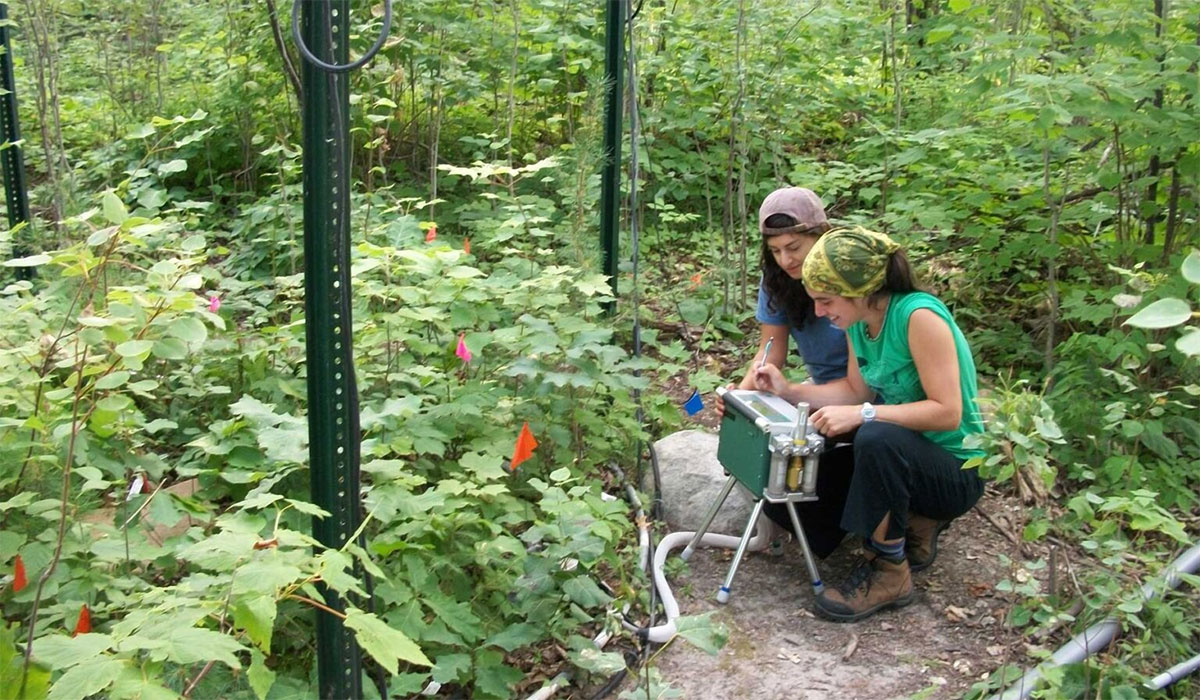Toxic cyanobacterial blooms (cyanoHABs) are increasingly threatening lakes worldwide, particularly in warm, nutrient-rich waters. In regions like Lake Victoria’s Winam Gulf, these blooms produce toxins such as microcystin, which can harm humans, wildlife, and livestock. Research from various institutions, including those focused on environmental health, has emphasized the need for monitoring specific cyanobacteria to manage nutrient pollution and reduce health risks—but could these toxic organisms also hold the key to groundbreaking medical discoveries?




